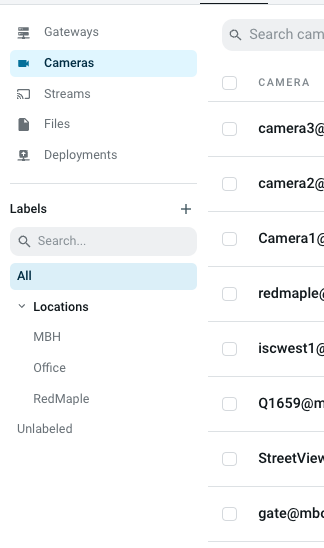Natural language search for recorded clips and event-triggered indexing now supported. Gateway hardware stats and performance metrics are visible in the console. Gateway v1.27.8 features include clip thumbnails, improved log handling, extended stream status checks, and GPU issue detection during restarts.
Nodes
- 🍀 Create Search Index : Index objects, events and scenes to enable natural language AI search for recorded clips.
- 🍀 Trigger an Event node : Generate events based on trigger conditions that can be indexed for search.
Platform
- Search : Search clips uploaded to Lumeo cloud using natural language!
- 🍀 Gateway hardware configuration and utilization stats are now visible via Lumeo console & Dashboard
Gateway
1.27.8 (2024-04-30)
Features
- 🍀 Report Gateway performance metrics (CPU & GPU Utilization and Memory, Disk space) to Lumeo Console.
- 🍀 Add Thumbnails for saved clips.
Bug fixes
- Prevent dropping log messages when the size is too large
- Increase online status check timeout for streams
Enhancements
- Detect GPU driver issues during deployment restarts, and restart container when such issues are detected

